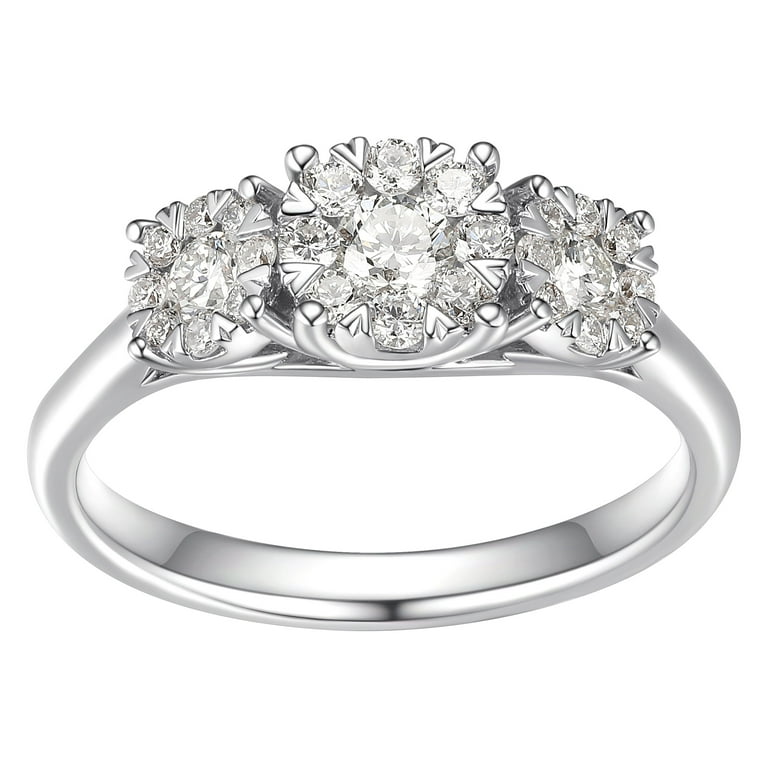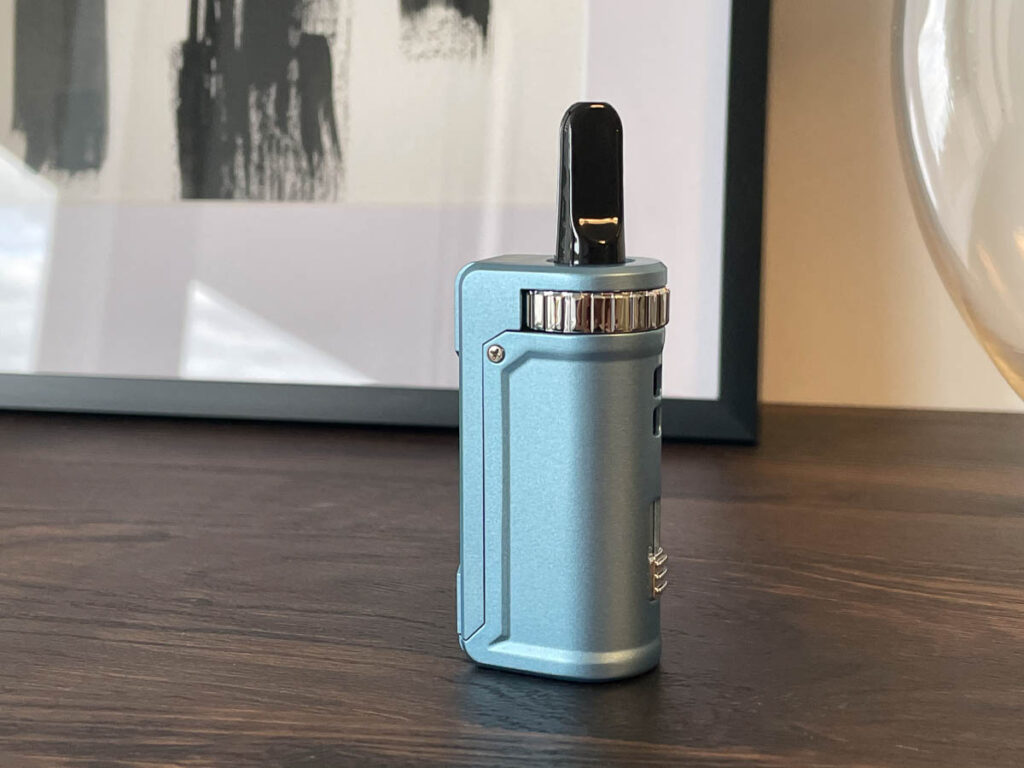
Introduction
Buying a diamond can be exhilarating, but it can also be overwhelming. With the rise of lab-grown diamonds, consumers now have more options than ever before. In this guide, we’ll delve into everything you need to know about buying lab diamonds, from understanding what they are to navigating the market and making an informed purchase.
What are Lab Diamonds?
Lab diamonds, also known as synthetic or cultured diamonds, are created in controlled environments that mimic the natural conditions under which diamonds form in the Earth’s crust. These diamonds have the same chemical composition, physical properties, and optical characteristics as natural diamonds but are made in a fraction of the time.
Benefits of Lab Diamonds
One of the primary advantages of lab buy lab diamonds is their ethical and environmental credentials. Unlike traditional mined diamonds, lab diamonds do not involve harmful mining practices or exploitation of labor. Additionally, lab diamonds are typically more affordable than their natural counterparts, making them an attractive option for budget-conscious consumers.
Why People Buy Lab Diamonds?
The reasons for choosing lab diamonds vary. Some individuals are drawn to the ethical and environmental considerations, while others appreciate the cost savings. Additionally, lab diamonds offer a wide range of choices in terms of size, shape, and quality, allowing consumers to find the perfect diamond for their needs.
Types of Lab Diamonds
HPHT Diamonds
High Pressure High Temperature (HPHT) diamonds are created by subjecting a diamond seed to high pressure and high temperature conditions, causing carbon atoms to crystallize around the seed, forming a larger diamond.
CVD Diamonds
Chemical Vapor Deposition (CVD) diamonds are produced by placing a diamond seed in a chamber filled with carbon-rich gases. These gases are then ionized, causing carbon atoms to accumulate on the seed and gradually form a diamond.
Quality Factors
Clarity
Clarity refers to the presence of internal flaws (inclusions) and surface blemishes (blemishes) in a diamond. Lab diamonds, like natural diamonds, are graded on a clarity scale ranging from Flawless to Included.
Color
The color of a diamond is graded on a scale from D (colorless) to Z (light yellow or brown). Lab diamonds can exhibit a range of colors, from colorless to fancy colors like blue, pink, or yellow.
Cut
The cut of a diamond refers to its lab created diamonds symmetry, and polish, which determine its brilliance and fire. Lab diamonds are cut using the same techniques as natural diamonds, with popular shapes including round, princess, and cushion cuts.
Carat Weight
Carat weight measures the size of a diamond, with one carat equal to 200 milligrams. Lab diamonds come in a variety of carat weights to suit different preferences and budgets.
Comparison with Natural Diamonds
Price
One of the most significant differences between lab diamonds and natural diamonds is the price. Lab diamonds are typically 20-40% less expensive than natural diamonds of comparable quality, making them an attractive option for budget-conscious consumers.
Environmental Impact
The environmental impact of lab diamonds is significantly lower than that of mined diamonds. Lab-grown diamonds require minimal energy and water resources, and they do not contribute to deforestation or habitat destruction.
Buying Guide
Research
Before making a purchase, it’s essential to research different lab diamond brands, retailers, and certification bodies. Look for reviews, testimonials, and third-party verification to ensure you’re dealing with reputable sellers.
Certifications
When buying a lab diamond, always look for certifications from reputable gemological laboratories such as the Gemological Institute of America (GIA) or the International Gemological Institute (IGI). These certifications provide assurance of the diamond’s quality and authenticity.
Trusted Sellers
Choose a trusted and established seller with a reputation for ethical business practices and transparent pricing. Look for sellers who offer a wide selection of lab diamonds, excellent customer service, and comprehensive warranties or guarantees.
Conclusion
In conclusion, buying lab diamonds offers a range of benefits, including ethical sourcing, environmental sustainability, and affordability. By understanding the different types of lab diamonds, quality factors, and purchasing considerations, consumers can make informed decisions and find the perfect diamond for their needs.







